How to Actually Break the Flea Life Cycle (Without Nuking Your Home)
After years in the pest management world, I can tell you one thing for sure: nothing sends homeowners into a panic quite like fleas. It’s never about the spiders or the wasps. It’s always the fleas. The calls I get are frantic. It starts with a scratching pet, then you spot a tiny black speck on your sock, and before you know it, you feel them jumping on your ankles. It’s an awful, invasive feeling, and the immediate impulse is to grab the strongest chemical fogger you can find.
In this article
I get it. You want them gone, like, yesterday. But honestly, those foggers and harsh sprays are usually just a temporary fix. They often miss the toughest stages of the flea life cycle and can fill your home with chemicals you’d rather not have around your family and pets.
There’s a much better way. It’s a method built on the same principles the pros use, focusing on diligence and strategy, not just brute force. It takes a bit more work than setting off a can, I won’t lie, but the results are permanent and way safer. Let’s walk through how to take back your home by outsmarting fleas at every single stage of their life.

First, Know Your Enemy: The Flea Life Cycle
To win this war, you have to understand what you’re up against. A common mistake is just treating the pet and calling it a day. That’s like trying to fix a leak by only wiping up a single drop of water. Why? Because the adult fleas you see are only about 5% of the total problem.
The other 95% are hiding in your home as eggs, larvae, and pupae. It’s a staggering ratio. For every adult on your dog, there are dozens and dozens more developing in your carpets and furniture. Here’s a quick breakdown:
- Eggs (50% of the population): An adult female flea is an egg-laying powerhouse, dropping up to 50 tiny, non-sticky eggs a day. As your pet wanders around, these salt-sized eggs fall off and settle into carpets, bedding, and floor cracks. They hatch in as little as a day or as long as ten days.
- Larvae (35%): Once hatched, these tiny worm-like larvae immediately burrow away from light. They head for the base of your carpet or deep into furniture cushions. They don’t bite; instead, they feast on organic debris and “flea dirt” (which is just the digested blood from adult fleas).
- Pupae (10%): This is the super-villain stage. The larva spins a sticky, camouflaged cocoon that’s almost impossible to see and is highly resistant to insecticides. Inside, it can wait for weeks, even months, for the right signal to emerge.
- Adults (5%): What’s that signal? Heat, vibration, and carbon dioxide. The footsteps of you or your pet are the perfect trigger. A new adult flea emerges, and it needs to find a blood meal within days to survive and start the cycle all over again. This is why people often get swarmed with fleas after returning to a home that’s been empty for a while.
Our entire strategy is about systematically attacking each of these stages. It’s a full-court press, and it’s the only thing that truly works.
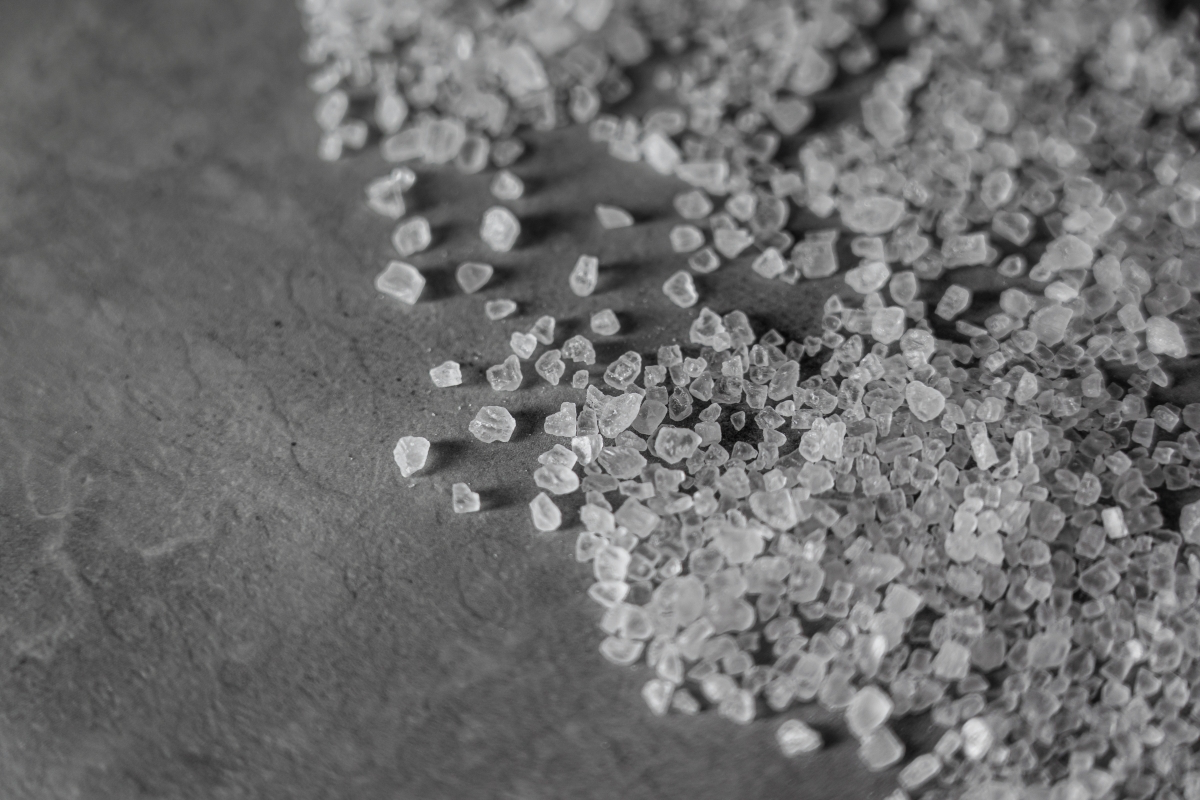
The Foundation of Your Attack: Relentless Cleaning
Before you even think about buying a product, you have to get to work. This is the most crucial part of the process, and it’s where most people give up too soon. You can’t just vacuum once and expect miracles. You have to be relentless.
Your Vacuum is Your Best Weapon
Seriously, think of your vacuum as a tactical weapon. A good, powerful vacuum with a beater bar (the rotating brush) is ideal for agitating carpets and pulling up eggs and larvae. You’ll also need its crevice and upholstery tools.
Vacuum everything. All carpets, rugs, hardwood, and tile floors. Use the crevice tool along every single baseboard and deep in the cracks of your sofa and chairs. Pay extra attention to the spots where your pet loves to hang out.
During an active infestation, you need to vacuum every single day for at least two to four weeks. I know, it sounds like a lot, but it’s not optional. Daily vacuuming does two critical things: it physically removes a percentage of the fleas in all their stages, and the vibration tricks those super-tough pupae into hatching into vulnerable adults you can then suck up the next day.

A COMMON PITFALL: Don’t panic if you see a burst of new fleas around day 5-10. This is actually a good sign! It means the vibrations are working, forcing the pupae to hatch. You’re flushing them out into the open. Keep going!
CRITICAL DISPOSAL STEP: I once had a client who couldn’t figure out why their problem was getting worse after my visit. Turns out, they were emptying their bagless vacuum canister into the kitchen trash can! They basically re-released all the eggs and pupae back into the house. After you vacuum, immediately take the vacuum outside. If it uses bags, seal the used bag in a plastic trash bag and get it into an outdoor bin. If it’s bagless, empty the canister into a sealable plastic bag, tie it shut, and dispose of it outside. A quick tip: Then, wash out the canister and, just as importantly, the filter with hot, soapy water. Let them dry completely before the next use.

Unleash the Power of Heat
Fleas at every life stage die when exposed to high heat. This is a fantastic, chemical-free weapon.
Gather up every washable item: pet bedding, your own bedding, blankets, couch covers, small rugs. Wash them in the hottest water the fabric can handle. But the dryer is the real MVP here. Tumble dry everything on the highest heat setting for at least 30-45 minutes to ensure everything is dead.
By the way, if you want to take it to the next level, a steam cleaner is an amazing tool. The high heat (over 200°F) kills everything on contact. No need to buy a professional machine; you can usually rent a powerful one from a big grocery store or hardware store for about $30 a day. Just move it very slowly over carpets and upholstery to let the heat penetrate deeply.
Your DIY Flea-Fighting Shopping List
Okay, once the heavy cleaning is underway, you can add a couple of low-toxicity products to your arsenal. These aren’t magic bullets, but they are great supporting players. Here’s what you’ll need for a solid DIY approach:
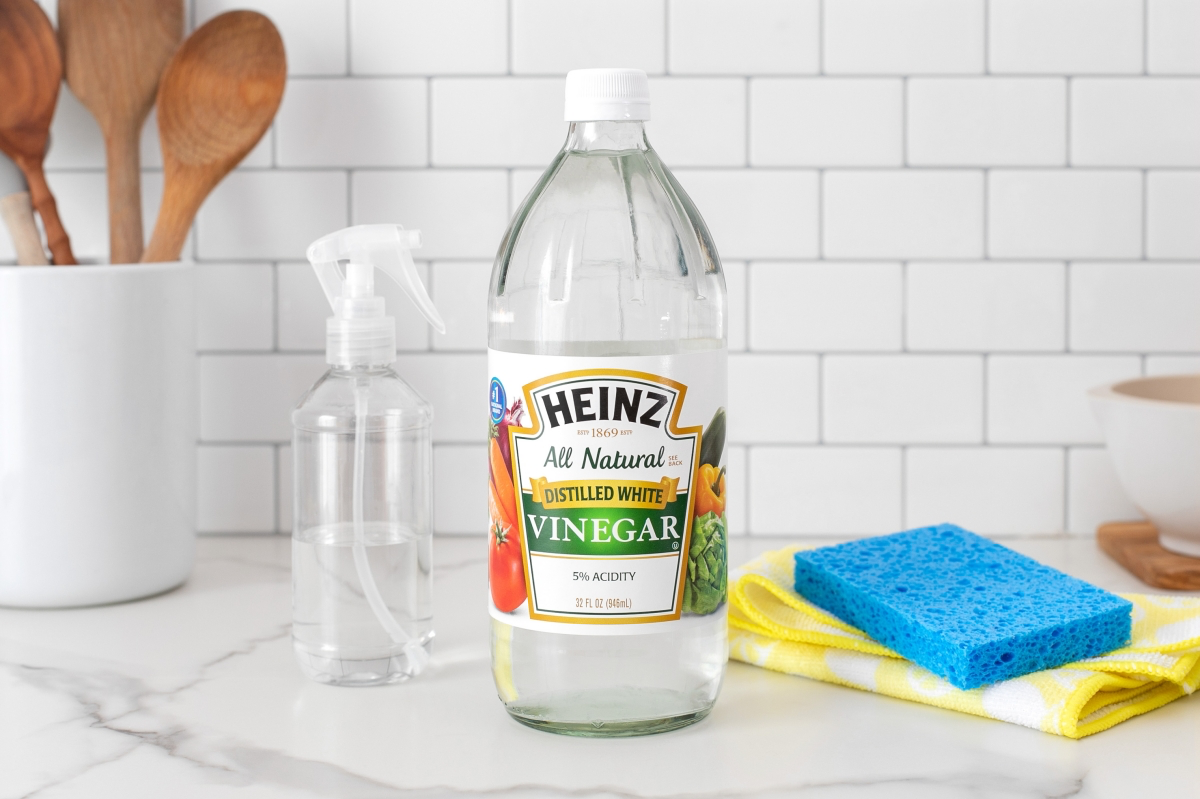
- Food-Grade Diatomaceous Earth (DE): About $15 for a good-sized bag at garden centers, hardware stores, or online.
- A Powder Duster: This helps apply a fine, even coat. Costs around $10.
- A Metal Flea Comb: An essential monitoring tool, usually under $5 at any pet store.
- Sealable Plastic Bags: For vacuum disposal.
- Vet-Approved Pet Treatment: Price varies, so consult your vet. This is non-negotiable.
All in, you can get the core supplies for your home for under $40-$50. Not a bad investment for getting your sanity back.
How to Use Low-Toxicity Powders
Diatomaceous Earth (Food-Grade ONLY): This stuff is a fine powder made of fossilized algae. Microscopically, it’s sharp and abrasive. It works by scratching the flea’s exoskeleton, causing it to dehydrate and die. The key is to use food-grade DE, not the pool-grade stuff, which is dangerous to inhale. Wear a simple dust mask and apply a very fine, almost invisible layer to carpets, along baseboards, and under furniture cushions. Use a broom to lightly work it into the fibers. It’s a slow-acting product, mainly targeting larvae and newly hatched adults, so be patient.
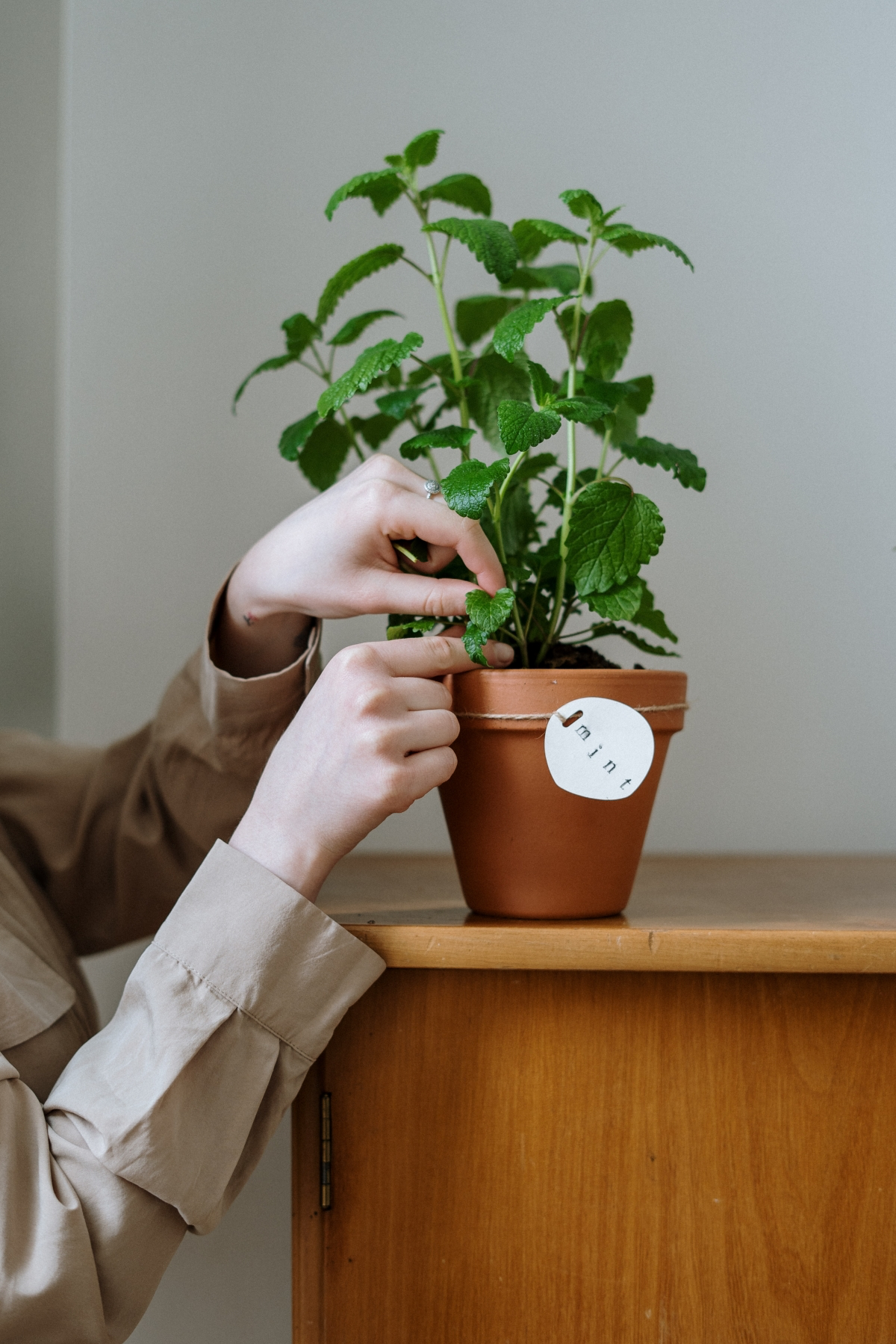
What about Boric Acid? Borate powders are another excellent long-term option, often used by pros. They act as a stomach poison for larvae. While some are available to consumers, they work best when professionally applied deep into the carpet where they can remain effective for years as a preventative measure.
A note on home remedies: I see a lot of advice online about using salt, vinegar, or essential oils. To be frank, salt and vinegar are mostly ineffective. And essential oils can be extremely dangerous. Many oils (like tea tree, citrus, and pine) are toxic to pets, especially cats, whose livers can’t process them. Please, don’t risk your pet’s health. Stick to what’s proven to be safe and effective.
Treat the Host: Your Pet is Part of the Solution
I’m a pest expert, not a veterinarian, so always, always, always get your vet’s recommendation for any treatment you put on your pet. That said, treating the host is an absolutely essential part of breaking the cycle.
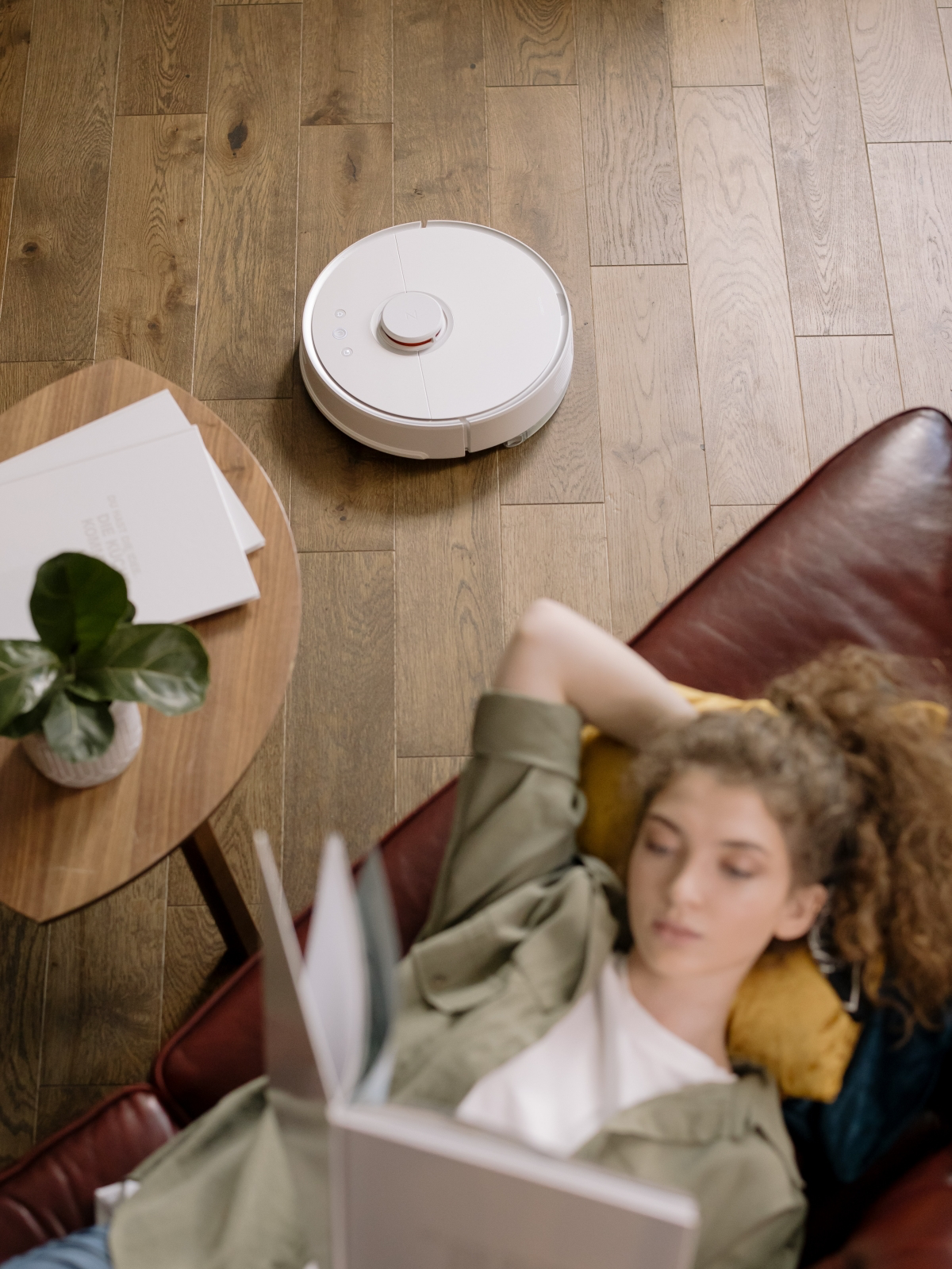
Modern topical or oral flea medications are incredible. They are safe for mammals but turn your pet into a targeted flea-killing machine. When a flea bites your treated pet, it dies, usually before it can lay any eggs. This stops new fleas from being introduced into your home environment.
In the meantime, that little metal flea comb is your best friend. Comb your pet daily, especially around the neck and the base of the tail. Dunk any fleas you catch into a bowl of soapy water. This not only removes adults but also serves as your progress report.
Putting It All Together: Your Day-by-Day Battle Plan
Okay, let’s make this simple. Here’s a step-by-step plan for a full-scale assault.
- Day 1: The Initial Blitz. Take your pets to the vet for a flea treatment. While they’re out, wash all bedding and fabrics on high heat. Then, do your first monster vacuuming session of the entire house. Dispose of the contents outside immediately. Quick tip: It helps to put your pet in a secure bathroom or have someone take them for a long walk while you’re running the loud vacuum.
- Day 2: Heat & Treat. If you’re using one, steam clean your carpets and upholstery. Once everything is fully dry, vacuum again. Now is the time to apply a light dusting of food-grade DE.
- Days 3-14: The War of Attrition. Vacuum. Every. Single. Day. This is the grind, but it’s the most important part. You’re removing fleas and forcing new ones to hatch. Don’t get discouraged!
- The Wind-Down: After two full weeks of daily vacuuming, you can switch to every other day for a week. The real test? If you can go a full week without seeing a single flea on your pet (using your flea comb) or getting any new bites, you’ve likely won. You can then switch to normal weekly maintenance.
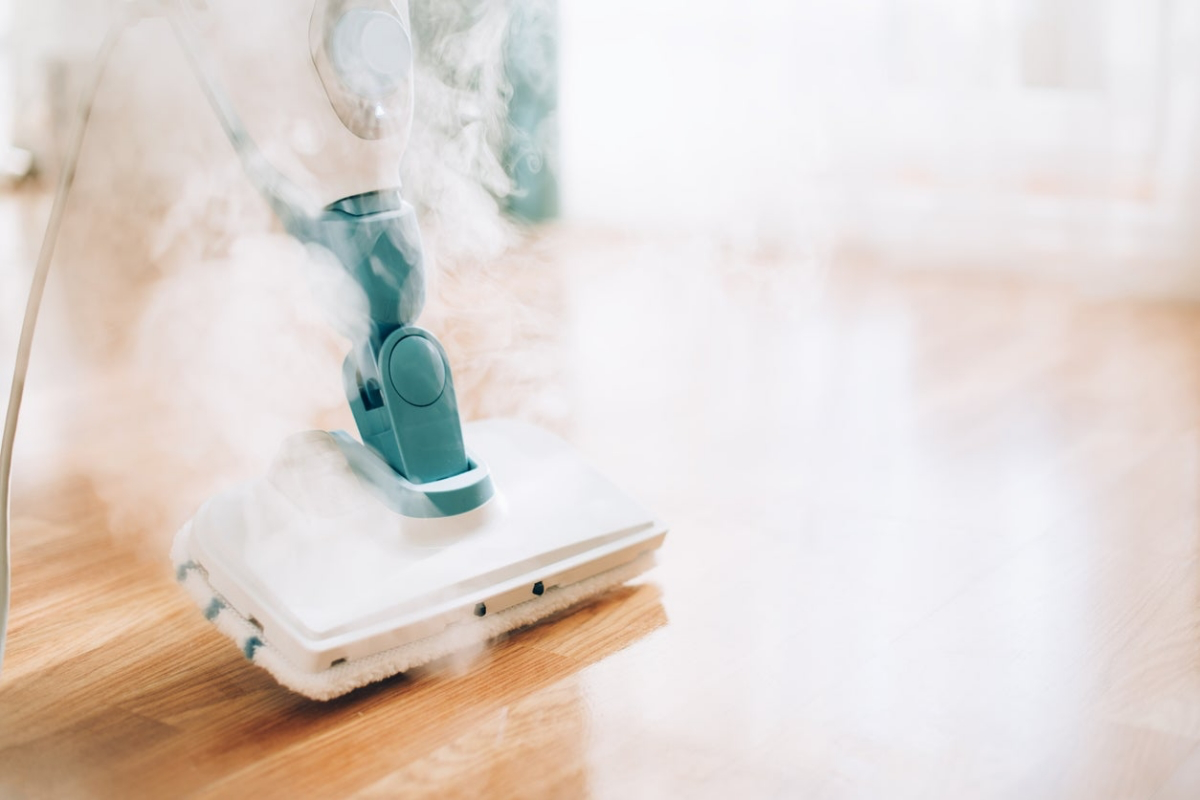
When to Wave the White Flag and Call a Pro
You can absolutely win this fight on your own with hard work. But sometimes, you need to call in reinforcements. If the infestation is massive, if someone in your home has a severe allergy to flea bites, or if you’ve done all this and you’re still losing the battle, it’s time to call a pro.
A professional service might cost between $200 and $400, depending on the size of your home and the severity of the problem. What you’re paying for is expertise and access to better products. We often use something called an Insect Growth Regulator (IGR), which isn’t a typical poison. It’s a compound that mimics flea hormones and prevents eggs and larvae from ever maturing into adults. It stops the life cycle cold and provides long-lasting control.
Ultimately, getting rid of fleas is a process, not a one-time event. But by understanding their life cycle and using an integrated plan, you can take back your home for good—safely and effectively.

Inspirational Gallery
The Oral vs. Topical Debate: Deciding on a pet treatment can be confusing. Oral medications like Bravecto or NexGard are systemic, meaning the flea has to bite your pet to die. They’re mess-free and can’t be washed off. Topical treatments like Frontline Plus or Advantage II kill fleas on contact, often before they bite. However, they can leave a greasy residue and require you to keep your pet dry for a period. The best choice depends on your pet’s health, lifestyle, and your veterinarian’s recommendation.
- Strip all pet bedding and wash it on the hottest cycle.
- Vacuum upholstered furniture, making sure to get under cushions.
- Systematically vacuum all carpets, moving furniture to reach hidden spots.
- Focus on baseboards and floor cracks where larvae hide.
The secret to success? Immediately seal the vacuum bag in a plastic bag and dispose of it outside. If you have a bagless vacuum, empty the canister outdoors and wash it thoroughly.
According to entomologists at the University of Kentucky, flea pupae can remain dormant inside their protective cocoons for over 5 months, waiting for the right signal—like heat or vibrations from a host—to emerge.
This is why a flea problem can suddenly reappear weeks after you thought you’d solved it. Consistent, long-term vacuuming is crucial because the vibrations can trigger these pupae to hatch, exposing the new adults to your treatments.
Can a simple night light really help?
Yes, but as a monitoring tool, not an extermination method. To gauge the severity of your infestation, place a shallow white plate with soapy water on the floor. Position a small desk lamp to shine directly over the plate overnight. Fleas are attracted to the warmth and light, will jump toward it, and get trapped in the soapy water. It’s a low-tech way to see if your efforts are reducing their numbers.
Your battle plan shouldn’t stop at the backdoor. Your yard, especially shady, moist areas under decks or bushes where your pet loves to rest, can be a constant source of reinfestation. Keeping your lawn mowed short reduces humidity and exposes larvae to sunlight. For persistent problems in specific areas, consider applying beneficial nematodes, microscopic organisms that prey on flea larvae in the soil, available at most garden centers.
Important: Your pet’s bed is ground zero. It’s the single most concentrated source of flea eggs, which fall off your pet as they sleep. Washing it is not optional; it’s a primary tactic. To be effective, bedding must be laundered in water at least 140°F (60°C) to kill all life stages, including the resilient eggs.
- Immediate removal of adult fleas from your pet’s coat.
- A real-time indicator of how heavy the infestation is.
- A chemical-free way to provide your pet with instant relief.
The tool? A simple metal flea comb. A few minutes of combing each day (dunking the comb in soapy water to drown the captured fleas) can remove dozens of adults before they lay more eggs.
A single flea can jump vertically up to 7 inches and horizontally up to 13 inches.
That’s roughly 150 times its own body length. This incredible athletic ability means no part of your room is truly safe. They can easily jump from the floor onto your sofa, bed, or even a low-hanging curtain, making a floor-only treatment strategy incomplete.
When used correctly, food-grade Diatomaceous Earth (DE) is a powerful, non-toxic weapon. It’s not a poison; it’s a desiccant made of fossilized algae whose microscopic sharp edges scratch the flea’s exoskeleton, causing it to dehydrate. For it to work, you need a very thin, barely visible layer. Use a powder duster to apply a light film on carpets, along baseboards, and under furniture. Leave it for a few days before vacuuming thoroughly. Always use food-grade DE, not pool-grade, and wear a mask during application to avoid inhaling the fine dust.










